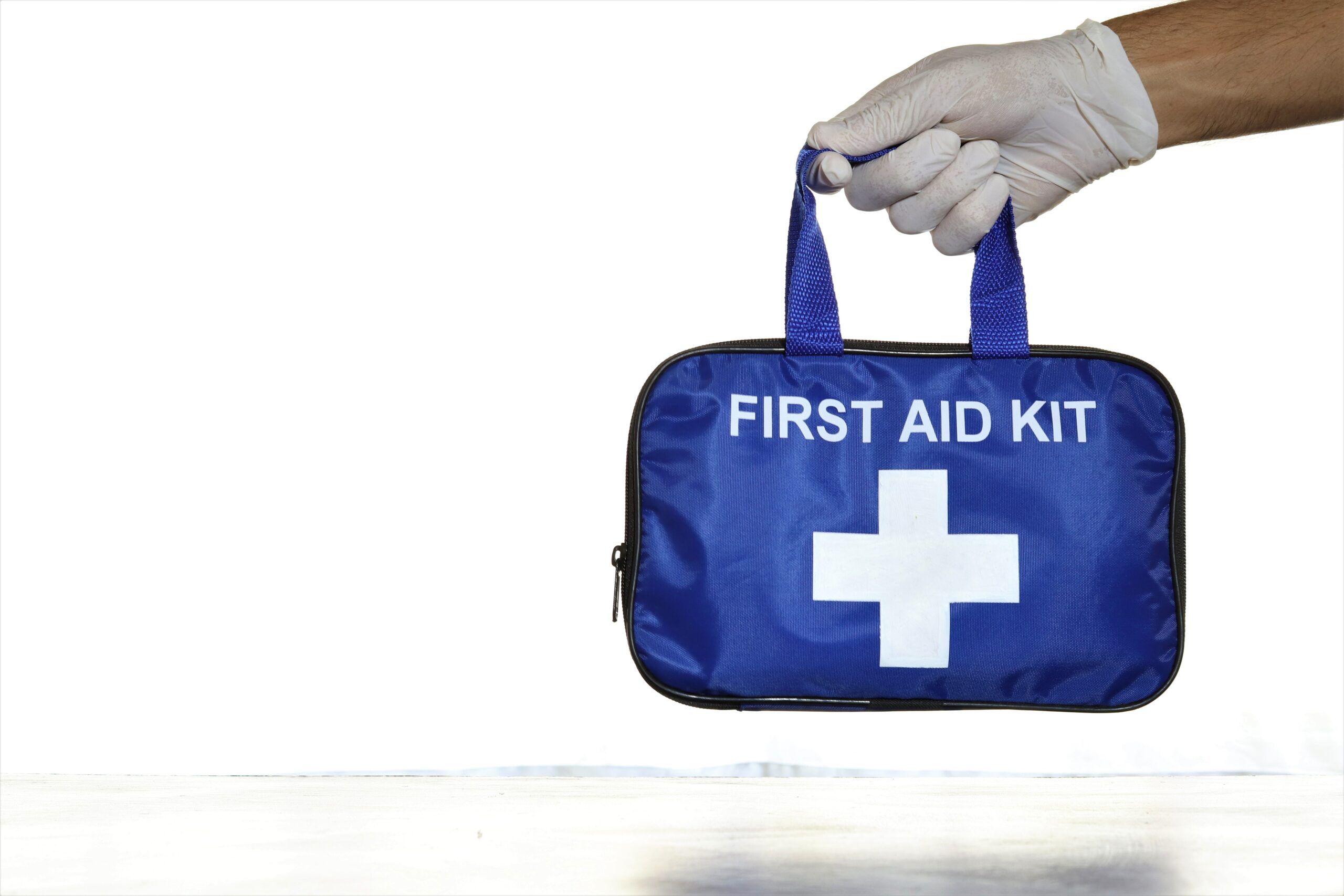Essential Contents of a Work Van First Aid Kit
When it comes to work vans, safety should always be a top priority. Accidents and injuries can happen, especially in professions that involve manual labor and working with tools.
That’s why having a well-equipped first aid kit in your van is crucial. In this article, we will discuss the requirements for a van first aid kit, ensuring that professionals and businesses have the necessary supplies to handle emergencies.
When it comes to storing your van first aid kit and other tools or equipment, having a well-designed and efficient van racking system is crucial. In this regard, at our site you can ding van racking and van shelving options that can be customised to suit your specific needs.
Their modular and personalised van racking systems provide secure storage options, ensuring that your first aid kit and other essentials are easily accessible when needed.
Table of Contents
Van First Aid Kit: Requirements
1) Adequate Size and Accessibility
The first aid kit should be of sufficient size to accommodate all essential supplies, while still being compact enough to fit in your van. It should also be easily accessible, preferably stored in a designated spot, where it can be quickly retrieved in case of an emergency.
2) Basic First Aid Supplies
Your van first aid kit should contain a comprehensive range of basic supplies to address injuries, as well as emergencies that may occur while on the job:
- Adhesive Bandages (Assorted Sizes): Adhesive bandages, commonly known as Band-Aids, are essential for covering minor cuts, scrapes, and blisters. It’s recommended to have a variety of sizes to accommodate different wound sizes.
- Sterile Gauze Pads: Sterile gauze pads are used for cleaning and dressing larger wounds. They help absorb blood and other fluids, promoting a clean and hygienic healing environment.
- Adhesive Tape: Adhesive tape is used to secure dressings and gauze pads in place. It provides stability and prevents contamination of the wound.
- Antiseptic Wipes: Antiseptic wipes or cleansing wipes are used to clean wounds and prevent infection. They contain antiseptic agents that kill bacteria and reduce the risk of contamination.
- Disposable Gloves: Disposable gloves are an essential item in any first aid kit. They protect both the first aider and the injured person from cross-contamination and the spread of germs. Latex or nitrile gloves are commonly used.
- Scissors: Scissors are necessary for cutting dressings, tape, or clothing to access and treat wounds. Choose a pair with rounded tips for safety.
- Tweezers: Tweezers are handy for removing splinters, thorns, or other foreign objects embedded in the skin. They allow for precise and hygienic extraction without causing further injury.
- CPR Mask: A CPR mask with a one-way valve is an essential item for providing artificial respiration during cardiopulmonary resuscitation (CPR). It helps prevent the spread of germs while performing rescue breaths.
- Cold Packs: Cold packs, also known as instant ice packs, provide immediate cold therapy for reducing swelling and relieving pain. They can be activated by squeezing or breaking them, releasing a cooling chemical reaction.
- Pain Relievers: Include over-the-counter pain relievers such as acetaminophen or ibuprofen to provide temporary relief for minor aches, pains, or headaches. Ensure to follow the recommended dosage guidelines.
- Antihistamines: Antihistamines are useful for treating allergic reactions, including insect bites or stings. They help alleviate itching, redness, and swelling associated with allergic responses.
- Ointments for Burns, Cuts, and Insect Bites: Include ointments or creams specifically formulated for burns, cuts, and insect bites. These can provide soothing relief, promote healing, and protect against infection.
Remember to periodically check the expiration dates of these supplies and replenish them as needed.
Additionally, consider any specific needs or allergies of your team members when selecting first aid supplies. Having these supplies readily available, ensures that you can address minor injuries and provide immediate relief (until professional medical help arrives).
3) Emergency Contact Information
Include a list of emergency contact numbers, such as local ambulance services, hospitals, and relevant company contacts. This information should be easily visible and accessible within the first aid kit.
4) First Aid Manual
A detailed first aid manual or guidebook is indispensable. It provides instructions and guidance on how to administer first aid for various types of injuries and emergencies. Make sure the manual is up-to-date and includes clear illustrations for easy understanding.
A well-stocked and easily accessible van first aid kit, is essential for professionals and businesses operating out of work vans. By following the requirements outlined in this article, you can ensure that you are prepared to handle emergencies and provide immediate care when necessary.
Remember to regularly check and restock your first aid kit to maintain its effectiveness. Invest in a reliable racking system, such as the ones offered by Tecnolam, to keep your first aid kit organised and easily accessible during critical situations.
